- How Much Weight Can You Realistically Lose in 3 Months? - January 14, 2024
- How To Lose 1kg a Week (Guaranteed) - August 20, 2023
- How To Count Calories (or Estimate) and Stay on Track When Eating Out at Restaurants - July 25, 2023
TL;DR: If you want to stick to one or the other, always weigh raw because that’s how calories are listed on food labels, but there may be some situations when it makes more sense to weigh cooked
Tracking calories in My Fitness Pal is pretty easy.
Most people can get the hang of it within a few days.
Yes, it can be annoying if there’s a certain food you can’t find but you’ll learn that there are always alternatives you can substitute it for.
One of the biggest struggles however for people tracking their food seems to be calories for raw vs cooked food.
Getting this wrong is one of the main things people overlook when they *think* they’re in a calorie deficit but not losing weight that they expect to.
I totally get why some people struggle with this, it can be super confusing.
The most important thing to remember is that food packaging will almost always list calories for the raw (uncooked) state of the food.
Why Does it Make A Difference?
If you’re tracking a certain food, and you select ‘cooked’ instead of raw, you could drastically underestimate the amount of calories you’re taking in, which isn’t great.
If you’re making the effort to track, you want it to be accurate.
The reason raw vs cooked foods can be so different in calories is because of the weight and volume changes that take place.
Three of the most notorious foods for changing weight when cooked are;
- Meats and Fish
- Pasta
- Rice
Meat and Fish get LIGHTER when it’s cooked because water is released
Pasta and rice however get HEAVIER when cooked because they take on water.
Now, the calories don’t change when food is cooked.
100g of dry, uncooked pasta won’t ‘gain’ any calories as it’s cooked, but it will increase in weight (pasta generally doubles in weight when cooked).
This means that 100g of dry pasta is not the same as 100g of cooked pasta.
100g of dry pasta becomes 200g of cooked pasta
But 100g of cooked pasta WAS 50g of dry pasta.
So 100g of dry pasta is higher in calories than 100g of cooked pasta.
Still confused, here’s a handy chart to help you;
| 100g Uncooked Calories | 100g Cooked Calories | Approximate Weight Change | 100g Raw Makes | |
| White Rice | 360 | 120 | 200% | 300g |
| Brown Rice | 360 | 180 | 100% | 200g |
| Pasta | 360 | 180 | 100% | 200g |
| Chicken | 140 | 190 | -25% | 75g |
| Steak | 160 | 215 | -25% | 75g |
N.B. is tricky to predict exactly how much food weight changes during the cooking process. For example, grilling a chicken breast on a BBQ at a high temperature will arguably cause more water loss than if you were to cook it in the oven.
Similarly, with rice and pasta, the longer you boil it, the more water it’ll take on.
For this reason, don’t try to preempt how much your food is going to weigh once its cooked, or how much it did weigh when it was raw.
Either weigh it raw, or cooked.
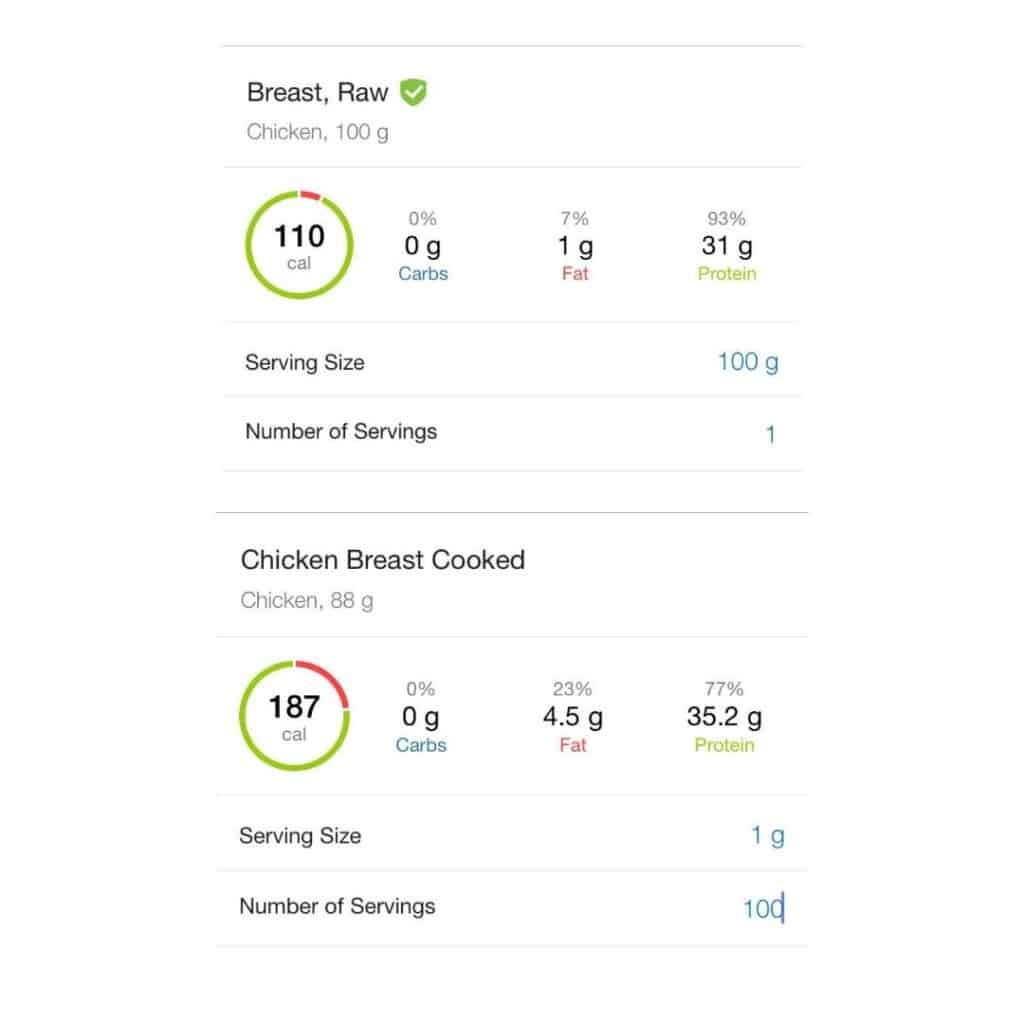
⬇ WANT IN TO MY FREE 14-DAY FAT LOSS COURSE? PUT YOUR NAME AND EMAIL ADDRESS IN BELOW ⬇
Why Do Rice and Pasta Get Heavier When Cooked?
It’s pretty simple; when you cook rice or pasta, you add it to boiling water. The cooking process essentially involves the rice or pasta taking on the water and expanding.
This is why raw rice and pasta are dry and very light, but soft, more pliable and heavier and when cooked.
As mentioned above, the calories in rice and pasta do not change during the cooking process; they only take on additional water, which has no calories.
Generally, the longer you boil rice or pasta for, the more water it’ll take on and the heavier and softer it’ll get.
Why Does Meat Get Lighter When It’s Cooked?
Meat gets lighter when it’s cooked for the exact opposite reason; it loses water.
This makes the meat shrink in size, but again, the calories don’t change.
This should help you visualise it…
When you Should Weigh Cooked
Weigh your food cooked if you don’t know how much you’re going to eat prior to cooking it.
Maybe you’re batch cooking rice that you plan to put in the fridge and eat throughout the week, maybe you’re cooking for lots of people who are all eating different amounts, or maybe you just can’t be bothered to weigh raw (or you forgot).
In these scenarios, weigh cooked.
Weighing it cooked then trying to work out was it was raw is making life difficult for yourself unnecessarily.
When you Should Weigh Raw?
Weigh raw when you know exactly how much you’re going to eat beforehand.
Maybe you’re sticking a recipe with exact amounts. Or maybe you’re concerned about wasting food.
The vast majority of food labels will tell you the calories in the food’s current state, i.e. raw so if you’re ever in doubt, weighing raw is the best way to go.
Why Calorie Tracking Isn’t Always Accurate
With the best will in the world, tracking calories will never be 100% accurate.
Why? There are too many variables
– the numbers quoted on the nutrition labels might be out.
– The numbers for certain foods in My Fitness Pal could be wrong
– You might weigh foods incorrectly
– You may not even absorb all the calories in certain foods. This is particularly true of high protein and high fiber foods, making them great foods to eat in a calorie deficit
This is why you might not be losing weight, despite the fact you’re you’re in a calorie deficit on paper.
In reality you could well not be in a deficit, and weighing cooked instead of raw could be one of the reasons for that!
If you need help being more accurate with calorie tracking or just your diet in general, I’m an online weight loss coach offering 1-2-1 and group coaching. If you’re interested, just get in touch
Summary
If you’re making a big meal with lots of ingredients that’s going to be divided between multiple people, it makes sense to weigh everything raw. Weighing cooked simply isn’t practical as all the ingredients will be mixed together and impossible to separate.
If you’re batch cooking single ingredient foods, weighing cooked makes more sense because it’s likely you don’t know how much you’ll have for each meal (you might be having different amounts).
If you are tracking, and the numbers don’t look ‘right’ refer to the chart above and see if they match – if they’re way out, they could be wrong!
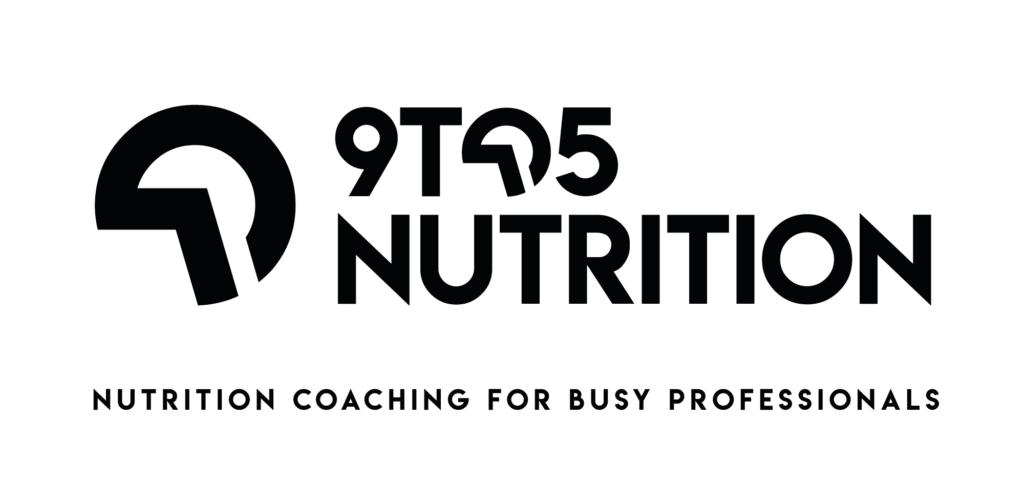
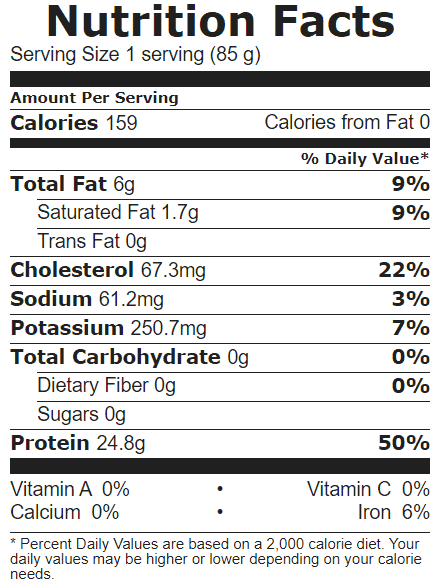
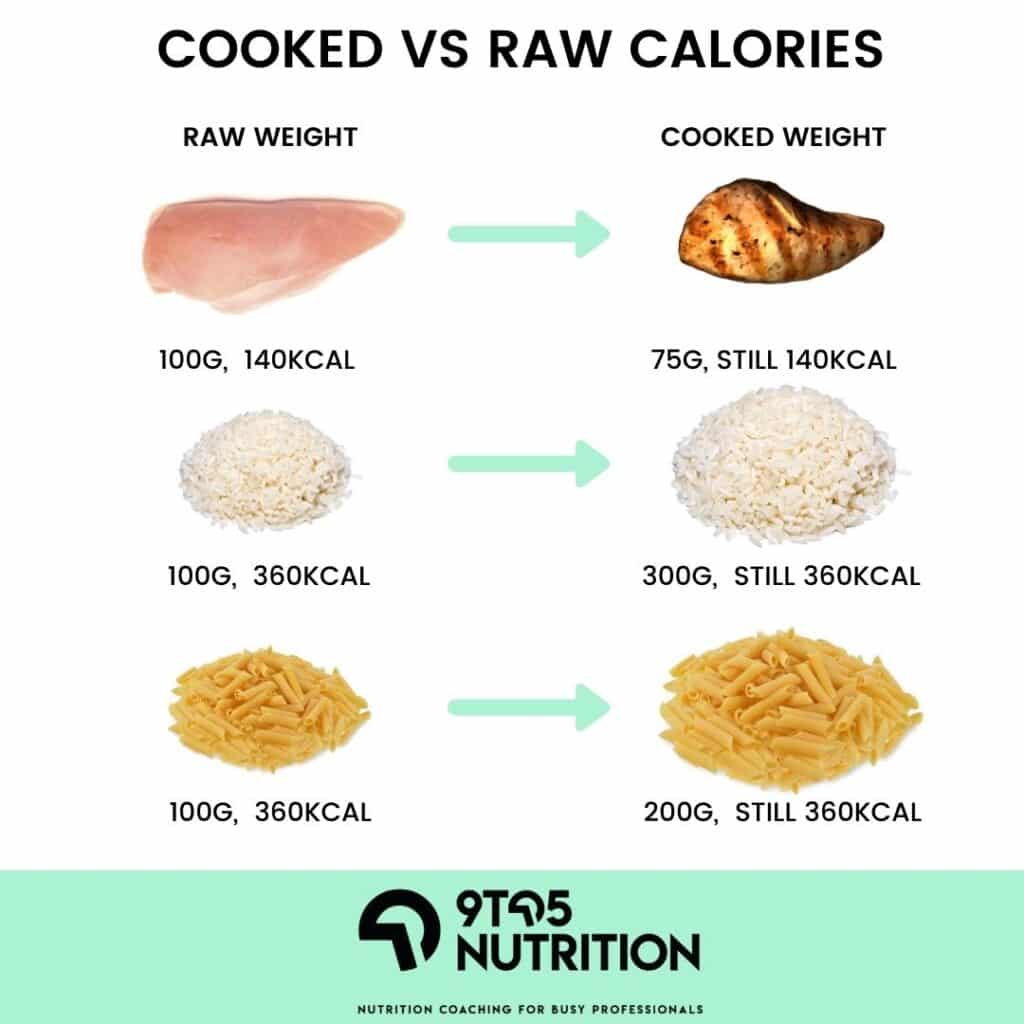
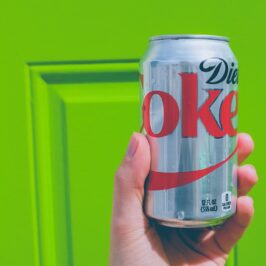
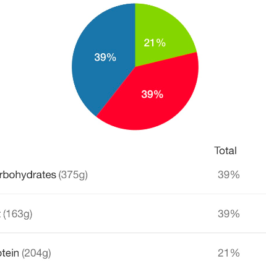
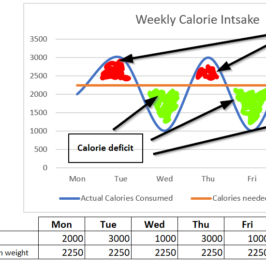

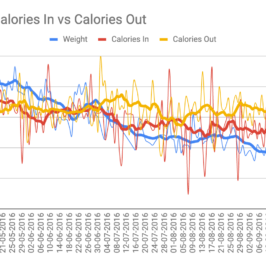

Leave a Reply